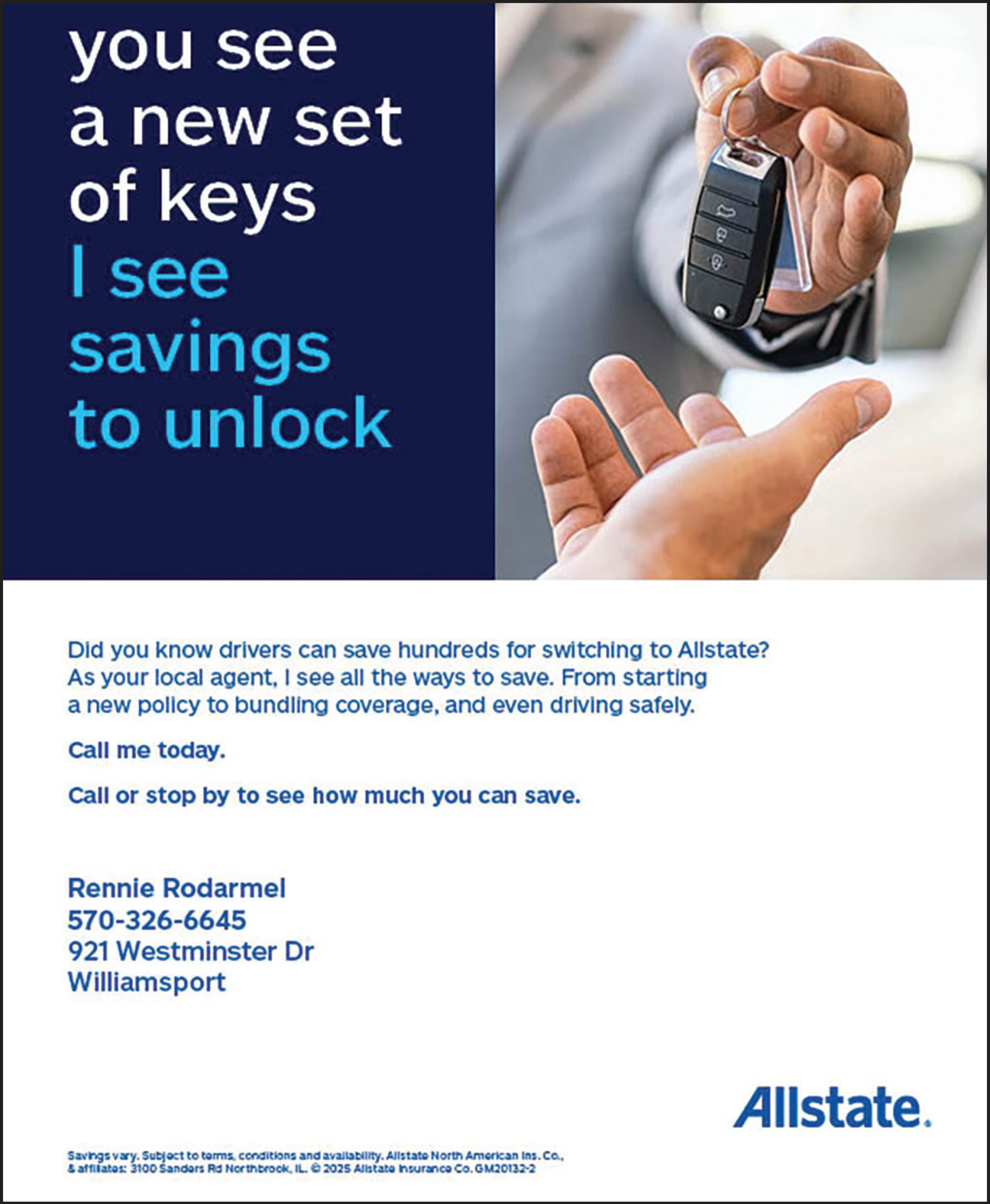Most seniors recognize that routine visits to their physicians are an important component of preventive health care. Annual physicals are important for everyone, but they’re especially important for individuals 65 and older who may be more vulnerable to disease and various other health conditions than younger adults.
The National Institute on Aging reports that millions of individuals 65 and older have visited their physicians and learned they have a condition known as prediabetes. For some, the day they receive a prediabetes diagnosis also marks the first time they’ve heard of the condition. Since so many seniors are affected by prediabetes, it can behoove anyone to learn more about it.
What is prediabetes?
The Centers for Disease Control and Prevention notes that prediabetes is a serious health condition characterized by higher than normal blood sugar levels. When a person has prediabetes, his or her blood sugar levels are not yet high enough to indicate type 2 diabetes, but that could change if prediabetes patients do not make changes to prevent such a progression.
How common is prediabetes?
A 2023 study published in the journal Diabetes Care indicates that 464 million individuals across the globe had impaired glucose tolerance (IGT) and 298 million had impaired fasting glucose (IFG) in 2021. Each of those conditions are hallmarks of prediabetes, cases of which the study indicates are expected to rise significantly by 2045.
What causes prediabetes?
The CDC notes that when a person has prediabetes, the cells in his or her body do not respond normally to insulin, which is a hormone produced by the pancreas that enables blood sugar to enter cells, which then use it for energy. The pancreas then makes more insulin to get cells to respond, but eventually the pancreas cannot keep up, resulting in a rise in blood sugar.
Does prediabetes produce symptoms?
Many people have prediabetes for years and do not know it. In fact, the CDC reports that more than 80 percent of the 98 million American adults who have prediabetes are unaware that they do.
How can I determine if I have prediabetes?
The sheer volume of people who have prediabetes but are unaware that they do begs the question of what individuals can do to learn if they have the condition before they develop type 2 diabetes. Recognition of the risk factors for prediabetes is a good start. The CDC urges anyone who has any of the following risk factors to speak with their doctor about having their blood sugar tested:
• Being overweight
• Being 45 or older
• Having a parent, brother or sister with type 2 diabetes
• Being physically active less than three times per week
• A history of diabetes during pregnancy (gestational diabetes) or giving birth to a baby who weighed more than nine pounds
• Having polycystic ovary syndrome
• Being African American, Hispanic/Latino American, American Indian, or Pacific Islander. Some Asian Americans also are at greater risk for prediabetes.
Prediabetes can be a precursor to type 2 diabetes, which only highlights how important it is that older adults recognize their risk for the condition.



